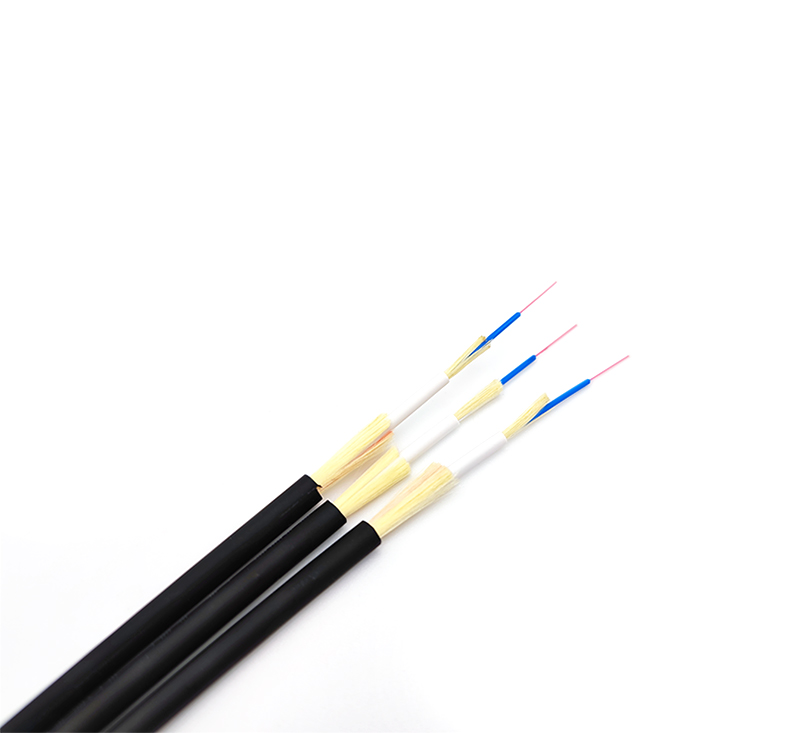1) Workspace subsystem (Work Location)
It is composed of equipment between terminal equipment and information sockets, including information sockets, socket boxes (or panels), connecting cords, adapters, etc.

2) Horizontal subsystem (Horizontal)
Its function is to extend the trunk subsystem line to the user work area. The horizontal system is arranged on the same floor, one end is connected to the information socket, and the other end is connected to the jumper frame in the floor distribution room. The horizontal subsystem mainly uses 4 pairs of unshielded twisted-pair cables, which can support most modern communication equipment. When some broadband transmission is required, the "fiber to the desktop" scheme can be used. When the horizontal area is quite large, there may be one or more satellite connection rooms in this area. In addition to being terminated to the equipment room, the horizontal line should also pass through the satellite connection room to connect the terminal to the information outlet.
3) Vertical subsystem (Backbone)
Usually it is from the main equipment room (such as computer room, program-controlled switch room) to the management room of each layer. It uses a large number of cable feeders or optical cables, and the two ends are respectively connected to the jumper frame between the equipment room and the management room.
4) Subsystem between devices (Equipment)
It is composed of cables between equipment, continuous jumper frame and related supporting hardware, lightning protection devices, etc. The ideal setting is to design equipment rooms such as computer room and switch room on the same floor, which is convenient for management and saves investment. Of course, multiple equipment rooms can also be designed according to the specific conditions of the building.
5) Management subsystem (Administration)
It is a bridge between the trunk subsystem and the horizontal subsystem, and at the same time provides conditions for networking at the same layer. Including twisted pair jumper frame, jumper (with quick-connect jumper and simple jumper points). In a cabling system that requires optical fibers, there should also be optical fiber jumpers and optical fiber jumpers. When the location of the terminal equipment or the structure of the local area network changes, it can be solved by changing the jumper mode without re-wiring.
6) Building group subsystem (Campus)
It is a wiring system that connects the data communication signals of multiple buildings. It uses copper and fiber optic cables that can be installed overhead or run along underground cable ducts (or directly buried), as well as electrical protection devices that prevent surge voltages from the cables from entering the building.
Supplement: 6 independent subsystems in the integrated wiring system (PDS), any subsystem can enter the integrated wiring system (PDS) independently.










